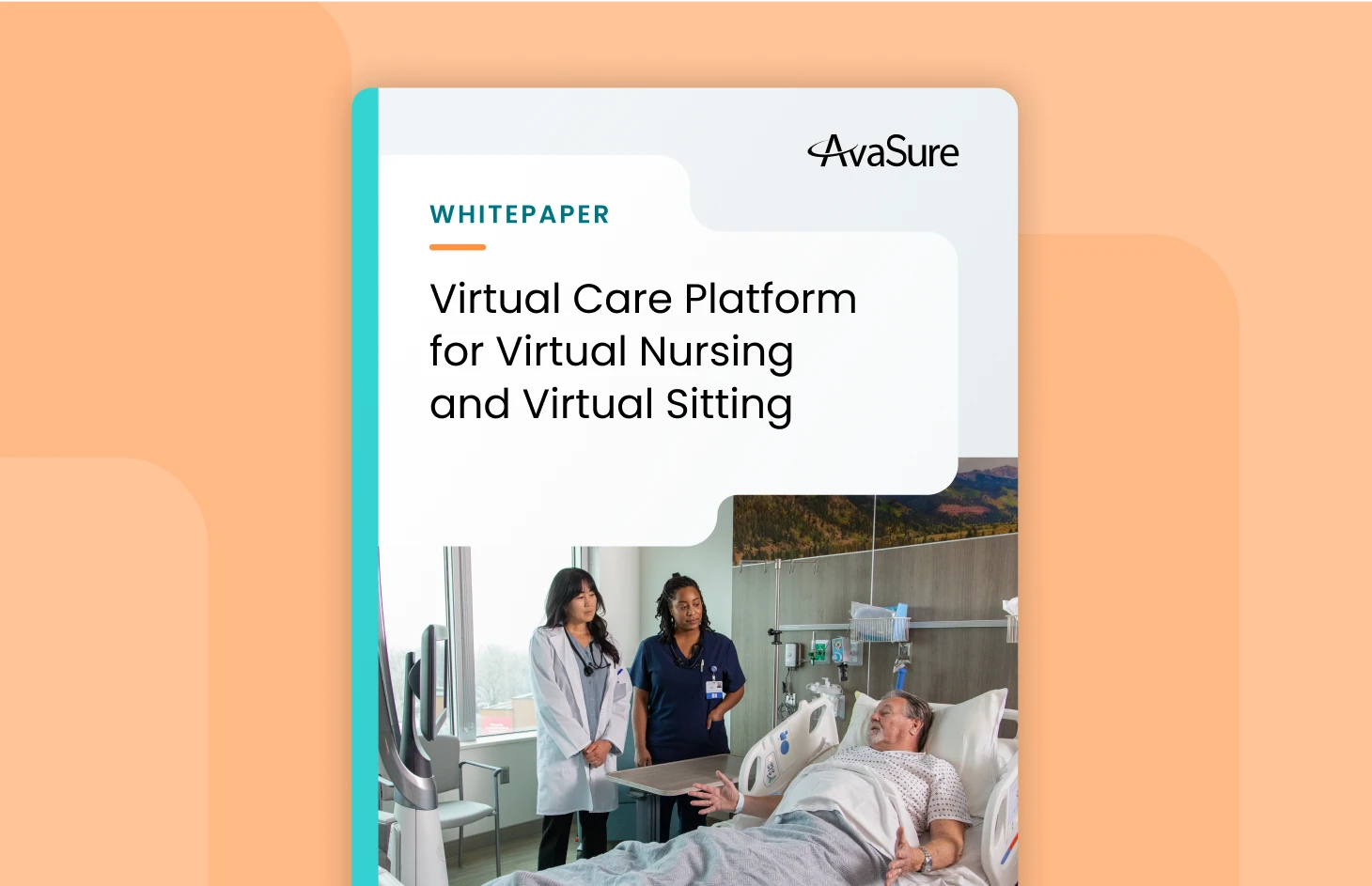
Fill out the form to read more about our unified Virtual Care Platform for Virtual Sitting and Virtual Nursing and how it can lead your organization to a future where cutting edge technology and compassionate care converge.

Fill out the form to read more about our unified Virtual Care Platform for Virtual Sitting and Virtual Nursing and how it can lead your organization to a future where cutting edge technology and compassionate care converge.

Learn tips, best practices, and protocols from VSAs of some of our most successful program leaders.
Many conversations surrounding AvaSure TeleSitter® or TeleNurse® programs focus on the burden removed from the bedside care team and the benefits to patient outcomes, but the forgotten superstar is often the care provider on the other side of the device. Since launching the pioneering TeleSitter solution in 2008, AvaSure has deployed virtual care at over 1,100 facilities and has learned from phenomenal Virtual Safety Attendant managers who lead effective teams that work tirelessly to keep patients and staff safe.
As one Virtual Safety Attendant (VSA) said, “it’s not just about the patient alone – it’s also about protecting staff while they work tirelessly to provide care.”
Download our latest use case spotlight to learn tips, best practices and protocols from VSAs of some of our most successful program leaders.
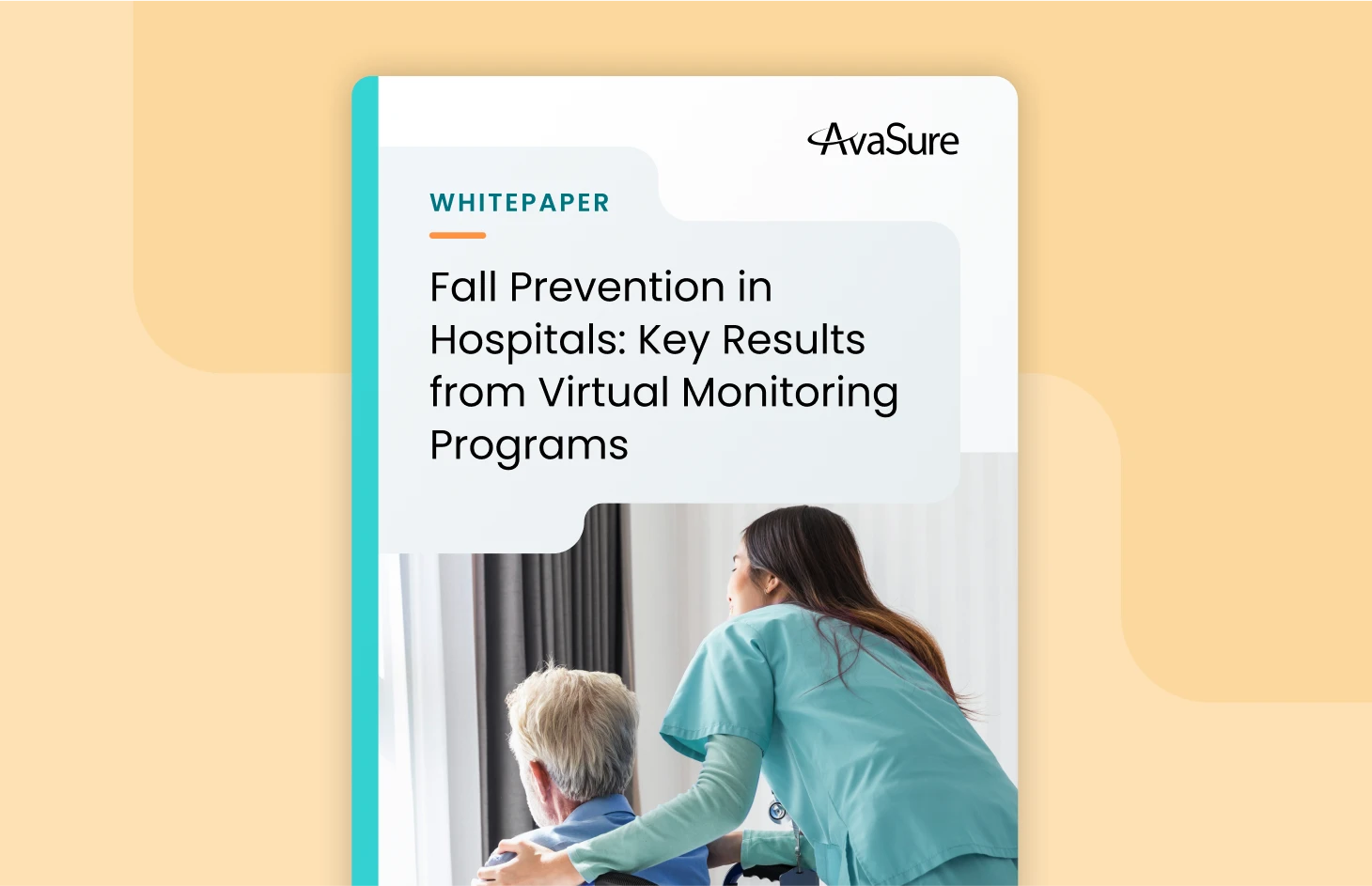
See how over 150 hospitals have decreased patient falls while reducing labor costs and staff injuries.
Are you looking to reduce adverse events, like patient falls, without relying on costly 1:1 sitters? While preventing patient falls is a priority, many hospitals are reporting that staff shortages continue to make it more challenging than ever. 1:1 sitters are expensive and pulling CNA and bedside staff is not a good use of resources. How can you provide 24/7 patient monitoring for fall prevention in hospitals while at the same time decreasing your labor costs?
Download our Fall Reduction Summary to see how over 150 hospitals have decreased patient falls while reducing labor costs and staff injuries through a virtual monitoring program.
AvaSure’s TeleSitter Program Can:
Download the Fall Reduction Summary to see the full results and details.
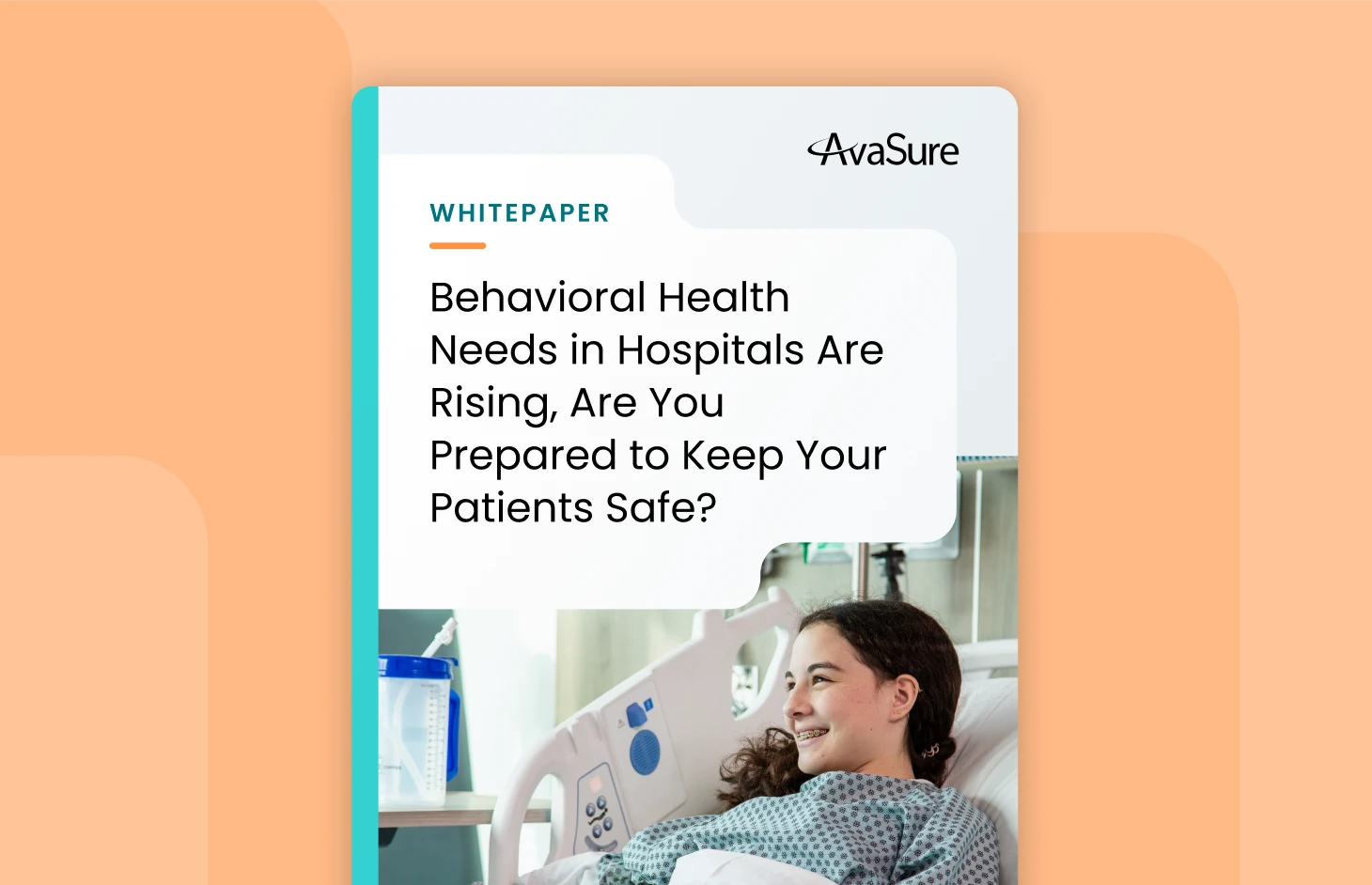
Discover how virtual monitoring for low-to-moderate suicide risk patients can help.
The increasing prevalence of mental health conditions demands innovative approaches to ensure patient safety. Traditional methods like costly 1:1 sitters are unsustainable in the face of labor shortages.
Over 45% of AvaSure’s clients across the country are embracing virtual sitting for low-to-moderate suicide risk patients, and the results speak for themselves. Increased staff satisfaction, decreased 1:1 sitter costs, and better patient outcomes are just a few of the advantages of implementing the TeleSitter solution.
Download our latest use case spotlight to access valuable evidence and proven strategies for virtual sitting for low-to-moderate suicide risk patients.
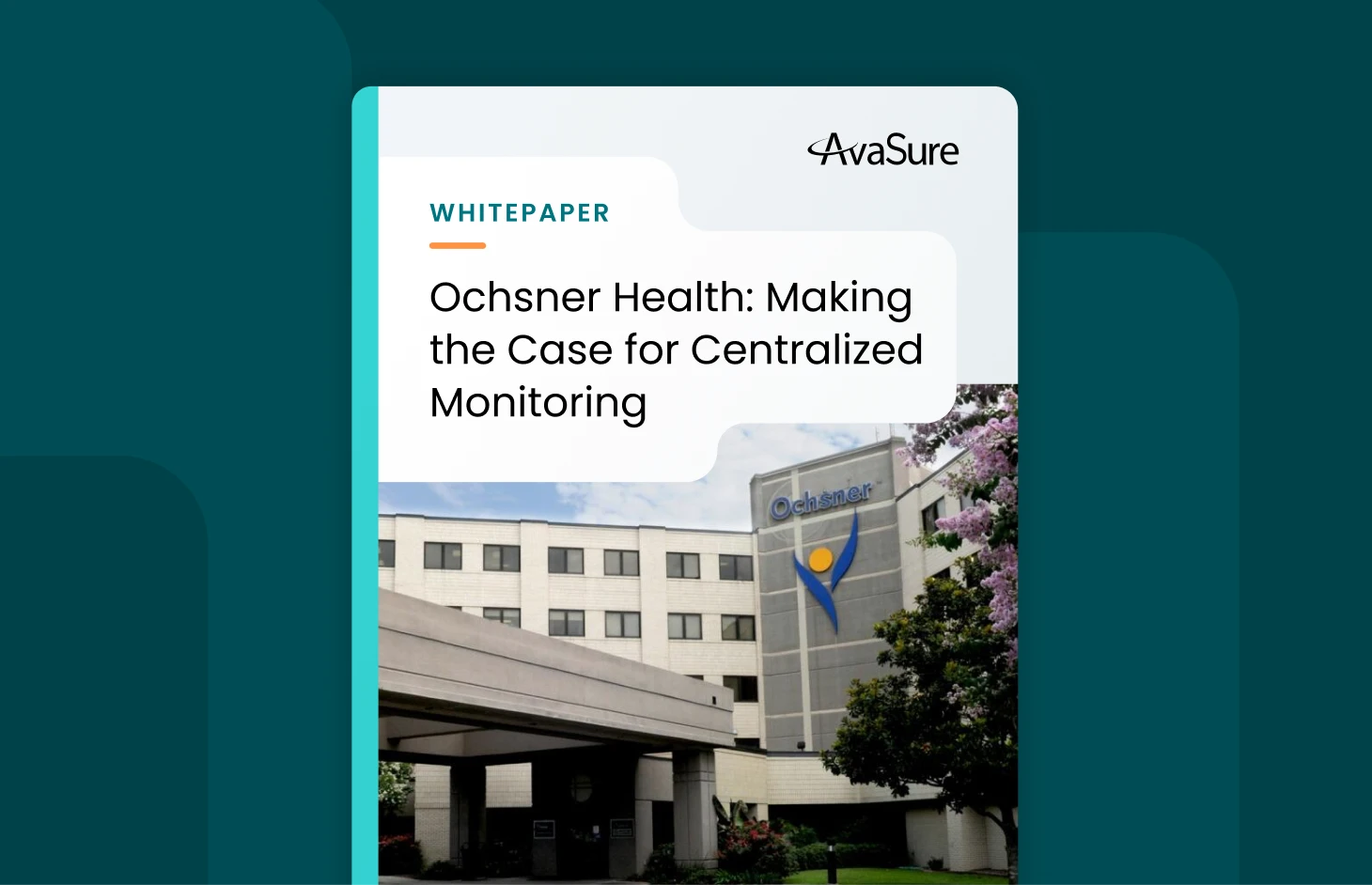
1:1 Patient sitters are costly and inefficient. As a result, many healthcare organizations are expanding their TeleSitter® programs.
A hub-and-spoke model enables a dedicated monitoring staff to work from a remote “hub” with one or more large observation stations
With a hub-and-spoke model, dedicated monitoring staff work from a remote “hub” with one or more large observation stations. Each staff member uses room devices to watch between 12 and 16 patients across various facilities or “spokes” across a metropolitan area, state, or region. This enables one trained staff member to proactively keep multiple patients safe.
Cost avoidance strengthens the return on investment (ROI) of the TeleSitter® solution
One fall can cost $1,500, and a fall with an injury can cost much more. Ochsner Health benchmarks both system and TeleSitter fall rates and has found that the fall rate is almost nonexistent compared with the system fall rate—a clear indication of a good ROI.
Expanding clinical case uses
Although fall prevention is often the reason hospitals implement the TeleSitter® solution, there are a range clinical uses that improve patient and staff wellbeing. Remote safety monitoring can also play an important role in workplace violence prevention.
The potential to integrate TeleSitter program capabilities into other centralized services
Looking ahead, Ochsner Health believes its TeleSitter program will play a central role in providing a consistent virtual experience for patients and the potential to integrate its TeleSitter program capabilities with other centralized services.
“Many times, we put patients on camera to watch for respiratory distress, rather than for falls. If the remote monitor staff saw signs of respiratory distress, they escalated to the rapid response teams and called the bedside teams if intervention
was needed.”
-Jennifer Humbert, MSN, RN, Assistant Vice
President of Telemedicine at Ochsner Health
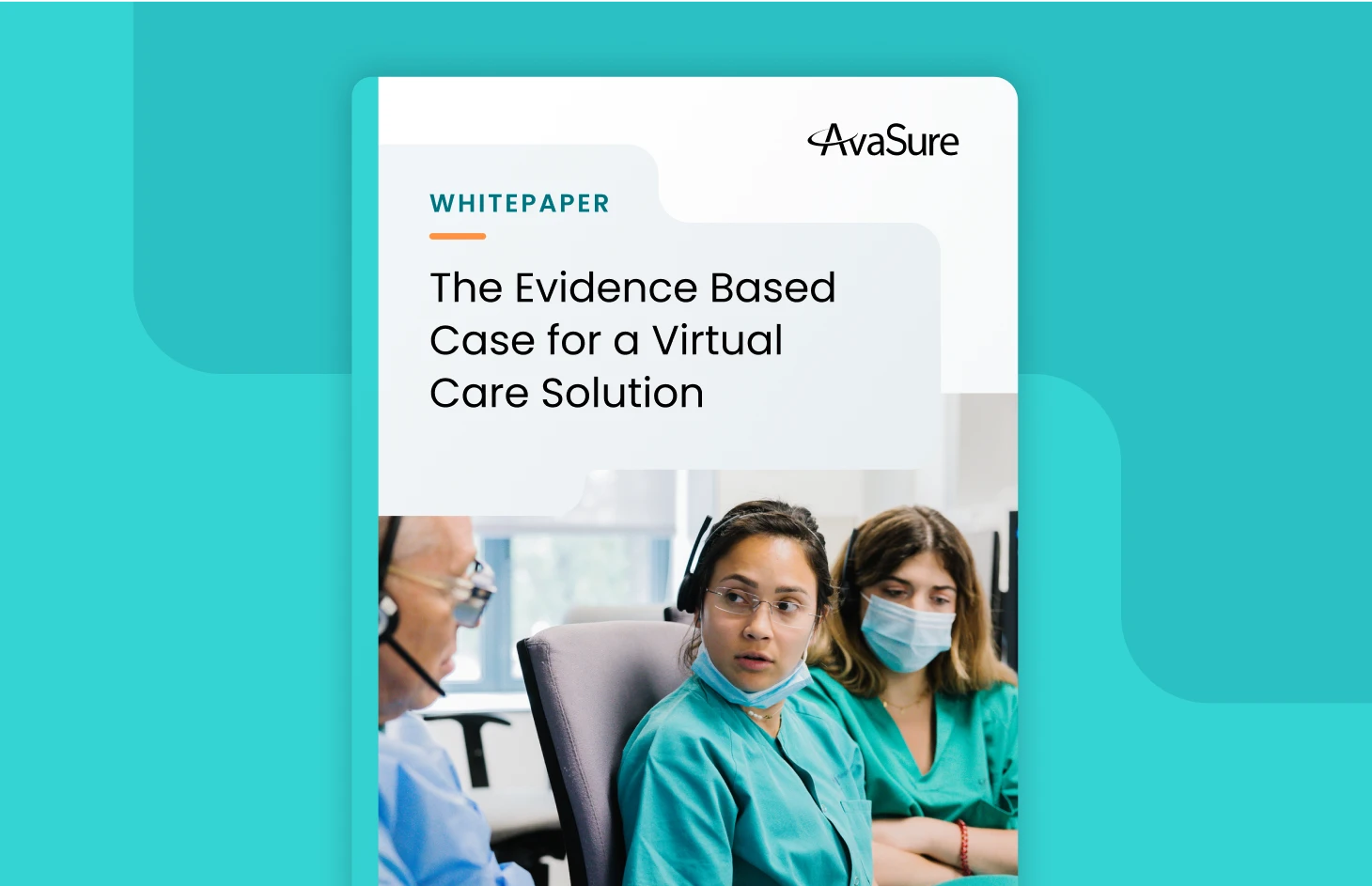
Read our white paper where peer-reviewed articles and presentations validate AvaSure TeleSitter’s success in improving safety, quality, and productivity outcomes.
In 2008, AvaSure devised a remote observation technology called the TeleSitter to help hospitals reduce the cost of using one-on-one sitters to avert patient harms. Fourteen years later, that application has evolved into a complete patient observation, communication and analytics solution that improves safety, productivity, and the experience of care. Avasure prizes its technological innovation, but what truly sets it apart is not the new hardware or software; it is evidence-based improvement.
Early on, AvaSure recognized the need for a clinical program to help hospitals and health system…
Provide your information to download the full white paper
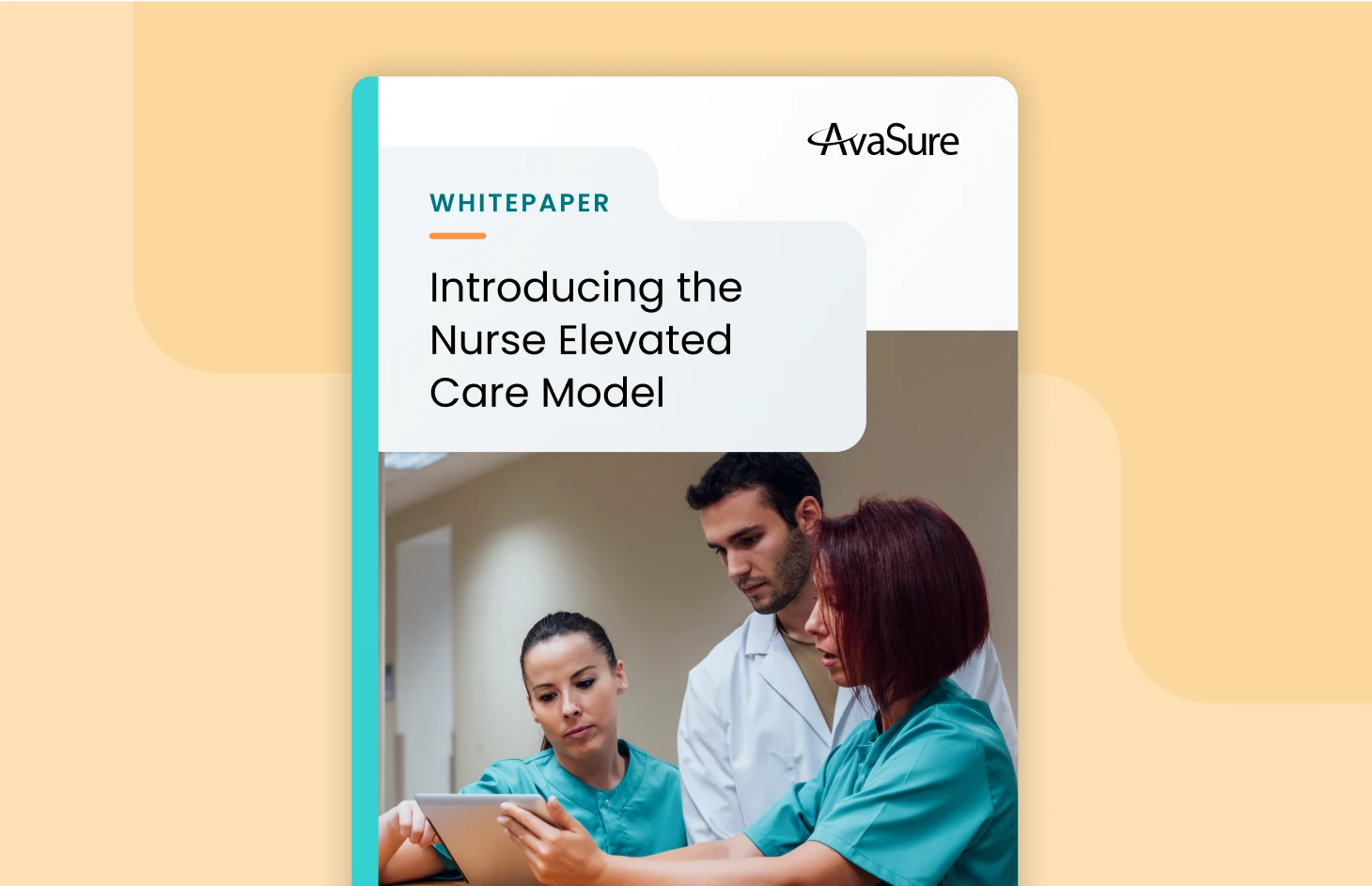
Read our white paper on how the Nurse Elevated Care Model can help reduce labor costs and allow bedside nurses to spend more hands-on time with patients.
Nursing shortages, patient acuity increase and an uptick in behavioral health challenges have created a perfect storm in healthcare. Nurses are being stretched too thin, constantly asked to do more with less resulting in 52% of nurses considering leaving the bedside when shortages are already at an all time high. This environment forces hospital leadership to think differently about how technology can help create a new model of care delivery.
Introducing the Nurse Elevated Care Model by AvaSure. An augmented care environment where a virtual team provides support – offloading documentation burden, providing a second set of eyes on complex patients and helping to close growing experience/complexity gap in nursing – to the bedside team. This model of care helps health systems reduce labor costs while liberating their bedside nurses to provide elevated, hands-on patient care.
Provide your information to download the full white paper.

Now, the most proactive healthcare organizations are exploring initiatives to mitigate the effects of a growing labor shortage. Learn how central video monitoring enabled “virtual nurses” to support bedside nurses and uphold high standards of patient care amid a COVID-19 surge across Houston-based Memorial Hermann Health System.
Key learning points:
Download the whitepaper to learn more.